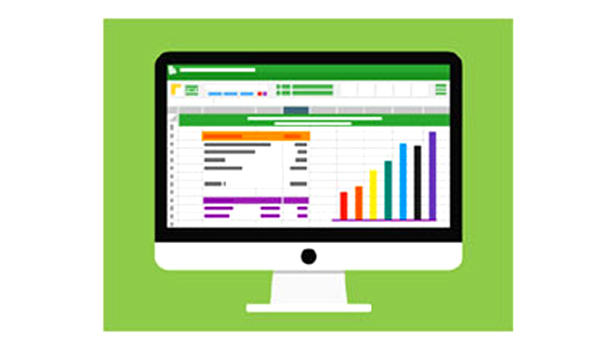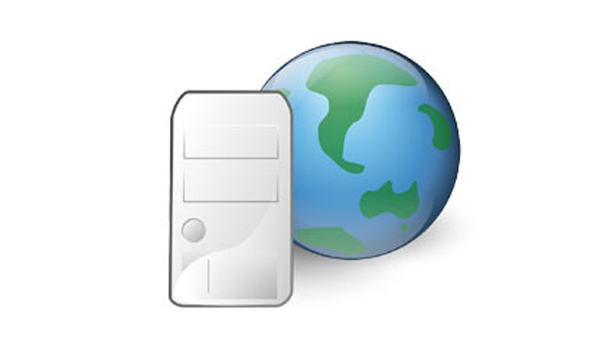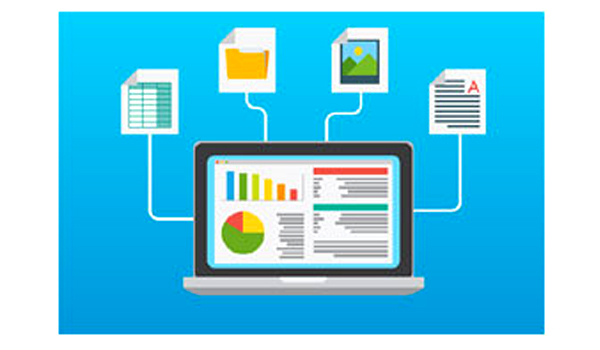Data Loss
Data Loss can be a result of theft, viruses, and human error.
Updated: December 2, 2023

Data Loss can be a result of theft, viruses, and human error. It occurs when an incident compromises the valuable and sensitive information of a computer. Theft, viruses, malware, human error, physical damage, and power failure are different types of incidents that can cause data loss.
Data loss prevention (DLP) software is used by many companies to secure sensitive business information since it is critical for them to protect themselves and their information from data loss. DLP software programs can be used to detect data leaks or misuse while monitoring data.
DLP strategy and supporting policies and procedures must be implemented by organizations to protect themselves against data loss. Understanding the sensitivity of all data, assigning business owners to datasets, drafting, implementing, and sharing DLP policies, developing a backup strategy and preparing an incident response plan are some best practices to consider as part of a DLP strategy entail.
Strict lock-up procedures at the offices should be implemented by businesses and they should train employees to protect their equipment since leaving laptops, tablets, smartphones and other devices unattended can result in theft. Antivirus software should be used to catch viruses and malware before they do serious damage as virus can steal, damage, or delete files on the computer.
Types of data exfiltration
- Email-Based Exfiltration
- FTP Exfiltration
- Web-Based Exfiltration
- DNS Tunneling
- HTTP/HTTPS Exfiltration
- Covert Channels
- USB Exfiltration
- Cloud Storage Exfiltration
- Bluetooth Exfiltration
- Printed Document Exfiltration
- Steganography
- Voice Exfiltration



